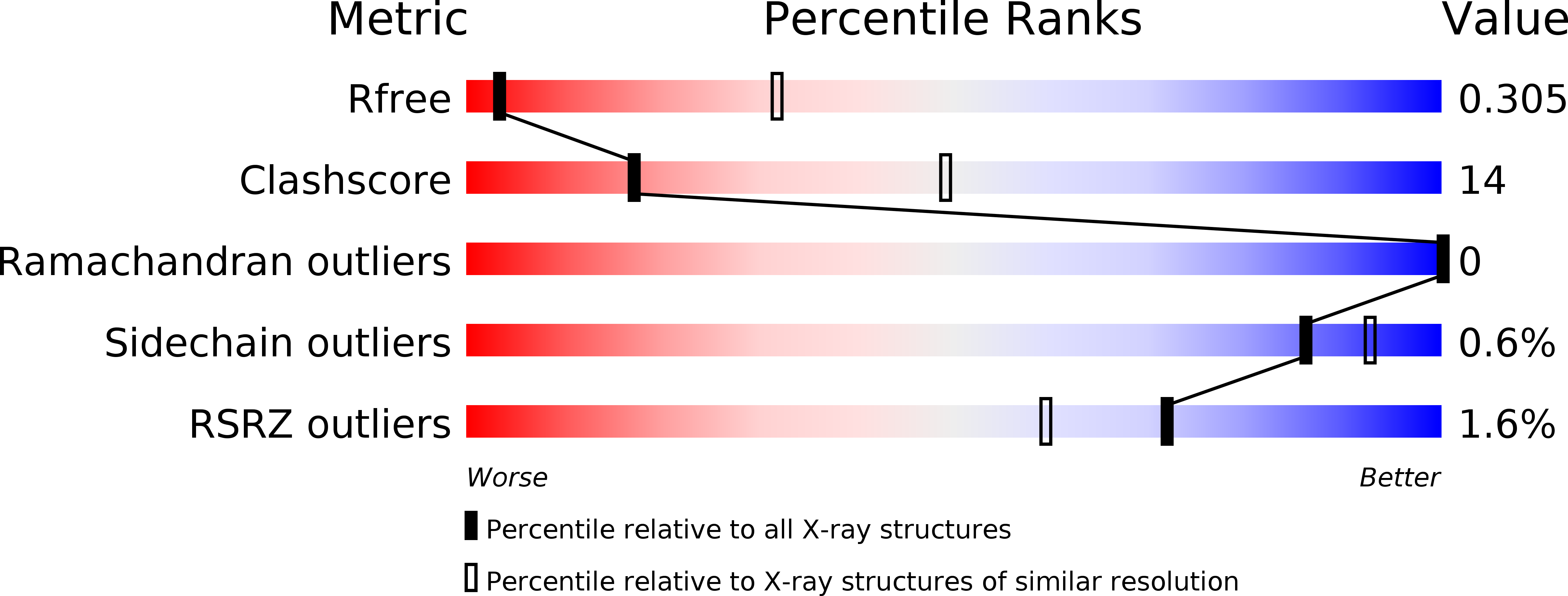
Deposition Date
2019-10-21
Release Date
2019-12-04
Last Version Date
2024-10-30
Method Details:
Experimental Method:
Resolution:
3.65 Å
R-Value Free:
0.29
R-Value Work:
0.29
R-Value Observed:
0.29
Space Group:
P 21 21 21


